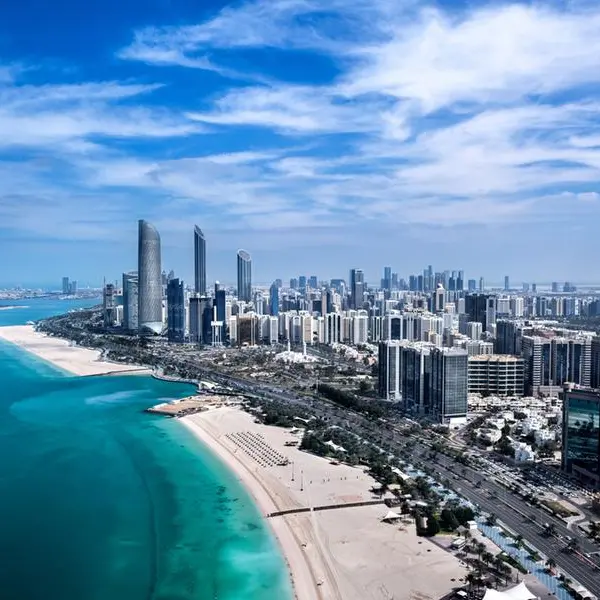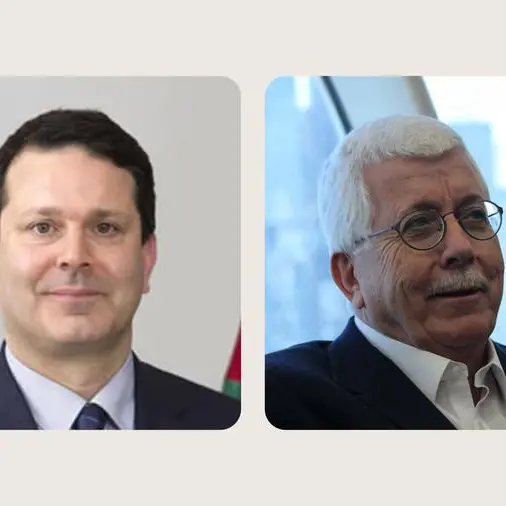Abu Dhabi: Figures collated by the Department of Culture and Tourism – Abu Dhabi (DCT Abu Dhabi) have revealed that the number of international visitors coming to the UAE capital in 2019 is estimated to have reached 11.35 million. This number includes 2.83 million overnight and 8.53 million same-day visitors, and is an 10.5% increase over 2018.
The final figures include official international hotel guests, plus estimates for overnight visitors from overseas staying with friends or relatives and an estimate for the number of same-day international visitors.
DCT Abu Dhabi’s official 2019 hotel figures also reveal that Abu Dhabi’s 168 hotels and hotel apartments posted the highest number of guests - to date (5.1 million), with robust growth across key revenue metrics including Total Revenues, Average Room Rate (ARR) and Revenue Per Available Room (RevPAR).
The Hotel Guest numbers represented an increase of 2.1% over the previous year, whilst Hotel Occupancy was up 1.6% (to a rate of 73%), Average Length of Stay (ALOS) for 2019 was up 1.8% (to 2.6 nights) and Total Revenues were up an impressive 6.6% (to AED 5.8 billion). ARR metrics were up 4.7% and RevPAR also increased across the year by 6.4%.
India, China, the UK and the USA remained the top four non-UAE source markets for hotel guests, with Russia, Ukraine, South Korea and Bahrain the fastest growing markets between 2017 and 2019. The Indian market performed especially well, with an 8.2% increase over 2018 – with more than 450,000 hotel guests arriving - and the USA posting a 5.1% increase over the same time period.
The breakdown of figures between the different regions of the emirate show that hotels in Abu Dhabi performed well across every metric, posting positives for Guests (1.5%), Occupancy (1.3%), ALOS (2.8%), Revenues (7.3%), ARR (5.3%) and RevPAR (6.6%). Hotels in Al Ain, meanwhile, posted robust increases for Guest Numbers (9.8%) and Occupancy (2.3%), whilst establishments in Al Dhafra saw increases in Occupancy (3.6%), Revenues (5.0%), ARR (10.1%) and RevPAR (14.1%).
On Saadiyat Island, Hotel Guest numbers for 2019 saw an incredible 73.6% increase, with 165,436 total visitors for the year. Revenues jumped by an impressive 50.3% whilst Occupancy went up by 14.7%. ALOS for Saadiyat increased by 2.5%, to 4.2 nights whilst RevPAR went up by 5.7%.
Hotels in the ADNEC area posted an impressive increase in Revenue of 22.7% for 2019, whilst Guest Numbers increased by 9.4%, with a total of 305,257 guests arriving. Occupancy went up by 9.9% whilst ALOS increased by 1.6%. ARR went up by 10.4% and RevPAR increased by 21.3%.
“These 2019 results reflect the hard work and dedication that DCT Abu Dhabi, its tourism stakeholders and its partners have put into offering a ‘must-see, must-visit’ leisure and business destination to not only the international visitor but to domestic guests also,” said Saood Al Hosani, Acting Undersecretary at DCT Abu Dhabi. “These outstanding results were underpinned by some world-class, exceptional events presented in the UAE capital across 2019, including the inaugural Abu Dhabi Showdown Week – which included the massively popular UFC 242 event – Abu Dhabi Family Week – which included the Nickelodeon Kids' Choice Awards - and Summer In Abu Dhabi events as well as the Eid Al Adha celebrations. We also saw a fantastic edition of the Formula 1 Etihad Airways Abu Dhabi Grand Prix, Abu Dhabi Art, ADIPEC 2019 and concerts from global superstars such as Eminem, Bruno Mars and the Red Hot Chili Peppers.
“These events helped elevate Abu Dhabi’s global standing and reputation and contributed massively to our guest metrics, resulting once more in a record breaking year in terms of visitation to the UAE capital.”
-Ends-
About the Department of Culture and Tourism - Abu Dhabi
The Department of Culture and Tourism conserves and promotes the heritage and culture of Abu Dhabi emirate and leverages them in the development of a world-class, sustainable destination of distinction, which enriches the lives of visitors and residents alike. The organization manages the emirate’s tourism sector and markets the destination internationally through a wide range of activities aimed at attracting visitors and investment. Its policies, plans and programs relate to the preservation of heritage and culture, including protecting archaeological and historical sites and to developing museums, including Zayed National Museum, Guggenheim Abu Dhabi, and the Louvre Abu Dhabi. DCT - Abu Dhabi supports intellectual and artistic activities and cultural events to nurture a rich cultural environment and honor the emirate’s heritage. A key role is to create synergy in the destination’s development through close co-ordination with its wide-ranging stakeholder base.
© Press Release 2020Disclaimer: The contents of this press release was provided from an external third party provider. This website is not responsible for, and does not control, such external content. This content is provided on an “as is” and “as available” basis and has not been edited in any way. Neither this website nor our affiliates guarantee the accuracy of or endorse the views or opinions expressed in this press release.
The press release is provided for informational purposes only. The content does not provide tax, legal or investment advice or opinion regarding the suitability, value or profitability of any particular security, portfolio or investment strategy. Neither this website nor our affiliates shall be liable for any errors or inaccuracies in the content, or for any actions taken by you in reliance thereon. You expressly agree that your use of the information within this article is at your sole risk.
To the fullest extent permitted by applicable law, this website, its parent company, its subsidiaries, its affiliates and the respective shareholders, directors, officers, employees, agents, advertisers, content providers and licensors will not be liable (jointly or severally) to you for any direct, indirect, consequential, special, incidental, punitive or exemplary damages, including without limitation, lost profits, lost savings and lost revenues, whether in negligence, tort, contract or any other theory of liability, even if the parties have been advised of the possibility or could have foreseen any such damages.










